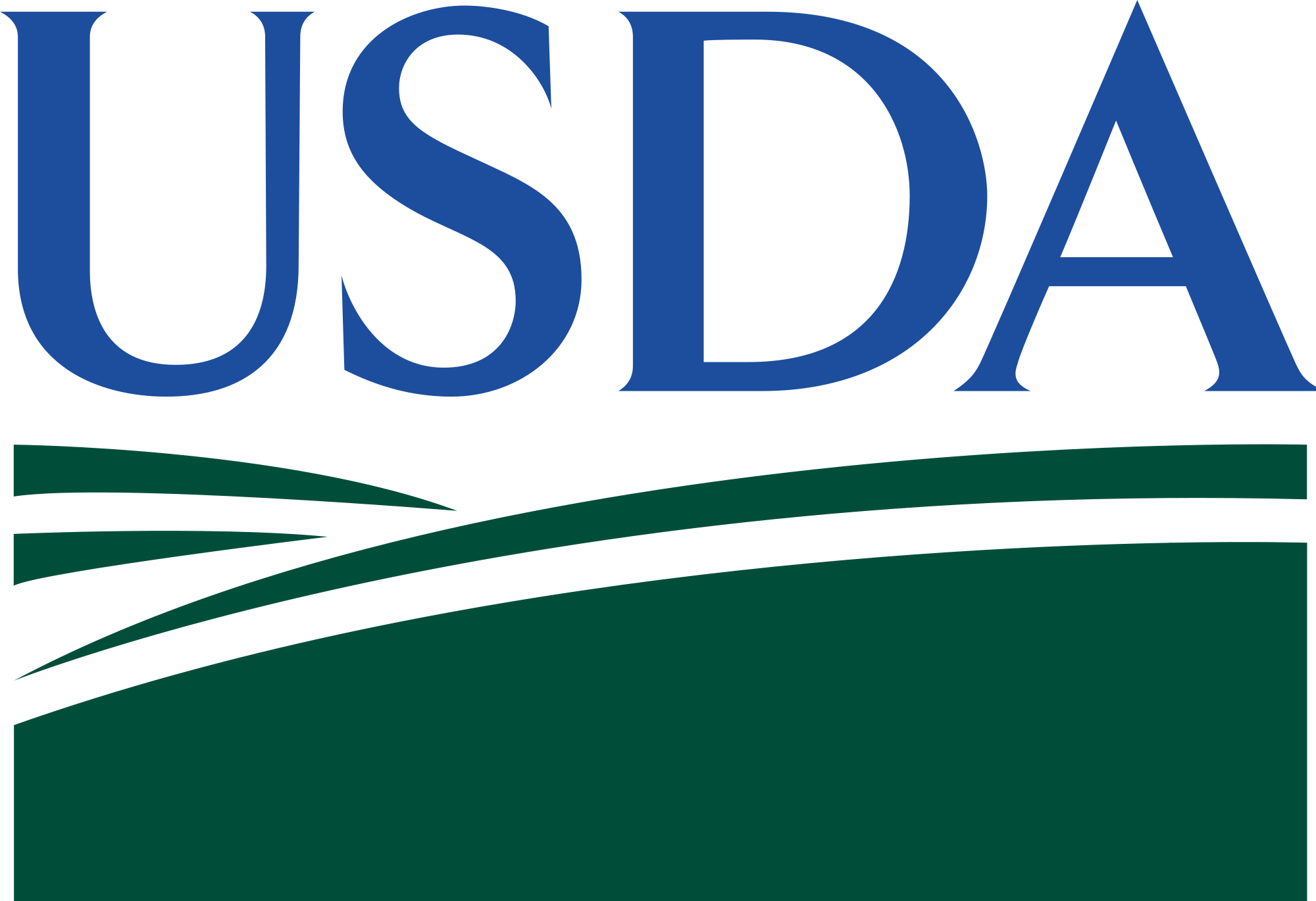We have some exciting new features at the i5k Workspace!
New data submission forms.
Many of you have generously made your datasets available to the i5k community - whether you've set up a new i5k Workspace project with your genome assembly and gene predictions, or you've shared transcriptome assemblies, RNA-Seq data, or new gene predictions to better curate a genome that we host.
We've now developed new submission forms to make it easier for you to share your data with us and the i5k community. For an overview of how to submit your datasets to the i5k Workspace, follow this link:
https://i5k.nal.usda.gov/data-submission-overview
In order to submit your datasets, we'll ask you to create an account with the i5k Workspace (which will be different from your Web Apollo account, if you have one). You'll then be able to view and complete our dataset submission forms. You can find these new forms under our "Data" menu bar, or click on the "Submit Data" button on our homepage.
We'd love to hear feedback about these forms, if you have any - feel free to contact us!
Updated home page.
We've made a few changes to our home page menu and layout. We hope you like the changes! We always welcome feedback; feel free to contact us.
Updated tutorials.
We've updated our tutorials on how to share files with us, and how to upload files via CyVerse (formerly the iPlant Collaborative). Expect more updates to our tutorials in our next release.
 An official website of the United States government.
An official website of the United States government.
